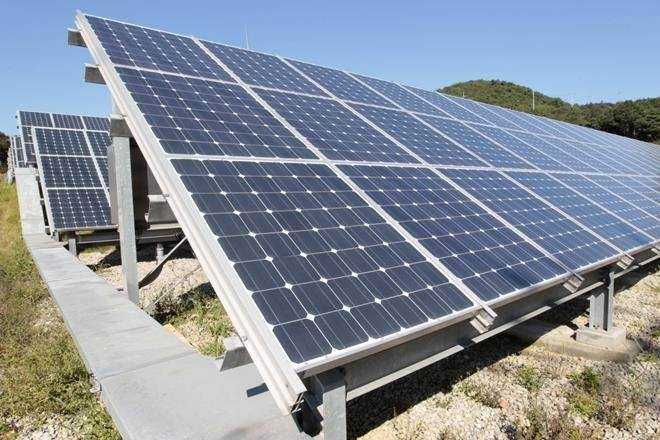Prime Minister Narendra Modi’s recent announcement of the ‘Pradhan Mantri Suryodaya Yojana’ signals a renewed commitment to harnessing solar power for residential consumers. Aimed at installing rooftop solar power systems in one crore households, the scheme reflects India’s ongoing efforts to meet ambitious renewable energy targets and promote sustainable practices. This article explores the details of the new scheme, India’s current solar capacity, the Rooftop Solar Programme, and the significance of expanding solar energy.
Pradhan Mantri Suryodaya Yojana: The newly launched scheme focuses on installing solar power systems on residential rooftops, aiming to benefit one crore households. Prime Minister Modi emphasizes the scheme’s dual purpose – reducing electricity bills for the poor and middle class while advancing India’s goal of energy self-reliance. The scheme aligns with the government’s vision to increase rooftop solar capacity, with a particular emphasis on residential consumers.
India’s Current Solar Capacity: As of December 2023, India’s solar power installed capacity stands at approximately 73.31 GW, with rooftop solar contributing around 11.08 GW. Rajasthan leads in total solar capacity with 18.7 GW, while Gujarat tops the list in rooftop solar capacity with 2.8 GW. The country’s emphasis on solar power is evident as it constitutes a significant portion of the total renewable energy capacity, which stands at around 180 GW.
Importance of Solar Expansion in India: India faces a substantial growth in energy demand over the next three decades, making a reliable energy source imperative. With the aim of reaching 500 GW of renewable energy capacity by 2030, the expansion of solar energy becomes crucial. The Rooftop Solar Programme, launched in 2014, plays a pivotal role in this expansion by providing financial assistance and incentives to promote rooftop solar installations.
Rooftop Solar Programme Overview: Launched in 2014, the Rooftop Solar Programme strives to increase rooftop solar installed capacity in the residential sector. Offering Central Financial Assistance and incentives to distribution companies (DISCOMs), the program aims to achieve 40 GW of rooftop solar capacity by March 2026. Currently in its second phase, the scheme has contributed significantly to the growth of rooftop solar, reaching 10.4 GW as of November 2023.
Consumers can benefit from the scheme through DISCOM tendered projects or the National Portal, allowing them to choose vendors and solar equipment based on preferences. The surplus solar power generated can be exported to the grid, providing monetary benefits to consumers.
Conclusion: The ‘Pradhan Mantri Suryodaya Yojana’ aligns with India’s commitment to expanding rooftop solar capacity and fostering sustainability. As the country grapples with rising energy demands, solar power emerges as a key solution. The Rooftop Solar Programme, with its financial incentives and ambitious targets, continues to drive India’s transition towards a cleaner and more sustainable energy future.
